Stories Category: PICU
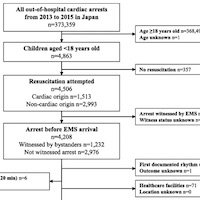
Prehospital cardiopulmonary resuscitation duration and neurological outcome after out-of-hospital cardiac arrest among children by location of arrest
A longer prehospital EMS CPR duration is independently associated with a lower proportion of patients with a favorable neurological outcome. The association between prehospital EMS CPR duration and neurological outcome... read more
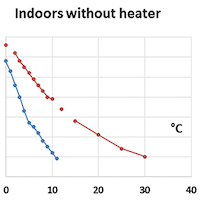
Interhospital Transport on Extracorporeal Membrane Oxygenation of Neonates
In recent years the number of extracorporeal membrane oxygenation (ECMO) cases in neonates has been relatively constant. Future expansion lays in new indications for treatment. Regionalization to high-volume ECMO centers... read more
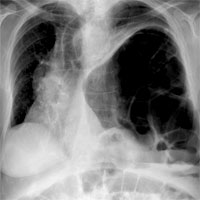
ECMO and Bloodstream Infection in Congenital Diaphragmatic Hernia
The objective of this review is to characterize the risk of bloodstream infection (BSI) and urinary tract infection (UTI) and describe antibiotic use in infants with congenital diaphragmatic hernia (CDH) requiring extracorporeal... read more
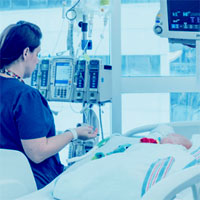
Inter-Rater Reliability Between PICU Nurses Performing a Modification to the Glasgow Coma Scale
The objective of this study was to estimate the inter-rater reliability of critical care nurses performing a pediatric modification of the Glasgow Coma Scale in a contemporary pediatric intensive care unit (PICU). All... read more
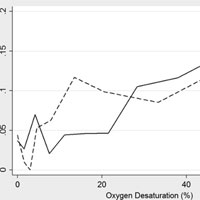
Hemodynamic Impact of Oxygen Desaturation During Tracheal Intubation Among Critically Ill Children With Cyanotic and Noncyanotic Heart Disease
Oxygen desaturation was more commonly observed during tracheal intubation in children with cyanotic versus noncyanotic heart disease. However, hemodynamic tracheal intubation associated event rates were similar. In both groups,... read more

Risk Factors for Avoidable Transfer to a Pediatric Trauma Center Among Patients Age Two Years and Older
Among injured children age two years and older, those with minor head injuries were at greatest risk for avoidable transfer. Many were transferred because of a perceived need for evaluation by a pediatric neurosurgeon. Future... read more

Long-term Health Consequences of Under- and Over-feeding in PICU
Energy is essential for the treatment and recovery of children admitted to Pediatric Intensive Care Units (PICU). There are significant immediate and long-term health consequences of both under- and over-feeding in this population.... read more

Subanesthetic Ketamine Infusions for the Management of Pediatric Pain in Non‐critical Care Settings
Ketamine can effectively be used as part of a multimodal analgesic regimen in pediatric patients in non‐critical care settings. Our five‐year experience using low‐dose ketamine infusions highlights an acceptable side... read more
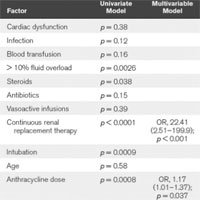
Critical Illness and Cardiac Dysfunction in Anthracycline-Exposed Pediatric Oncology Patients
Children with cancer who received anthracyclines, especially at higher doses, and who develop cardiac dysfunction are at higher risk of critical illness, have higher rates of multiple organ dysfunction and higher rates of... read more

High-flow Oxygen Therapy for Treating Bronchiolitis in Infants
Bronchiolitis is the most common reason for hospitalization in infants worldwide. Current recommendations by the American Academy of Pediatrics are for supportive care including maintenance of hydration and oxygen support... read more

Transcutaneous CO2 vs. End-tidal CO2 in Neonates and Infants Undergoing Surgery
EtCO2 underestimates PvCO2 values in neonates and infants under general anesthesia. TcPCO2 closely approximates venous blood gas values, in both the NICU and non-NICU samples. We, therefore, conclude that tcPCO2 is a more... read more

Effect of Single-Dose Dexmedetomidine on Intraoperative Hemodynamics and Postoperative Recovery during Pediatric Adenotonsillectomy
Premedication of dexmedetomidine at the dose of 1 μg/kg in children undergoing adenotonsillectomy resulted in favorable effect on intraoperative hemodynamics, significant decrease in postoperative EA without causing any... read more

Pain in the PICU: How and What Are We Doing?
Pain management in critically ill children is complex. Epidemiological research is needed to identify how often patients in pediatric intensive care units (PICU) experience pain and the practices being used to lessen pain. Critically... read more

Developmentally Appropriate Coping in the ICU
In this video, Child Life Specialist at Boston Children's Hospital, Kate Huyler, outlines the role of a child life specialist, reviews coping strategies for patients in the ICU, including the use of playtime and behavioral... read more








